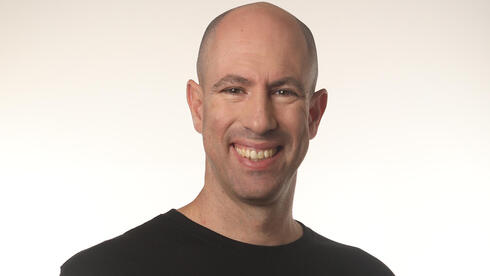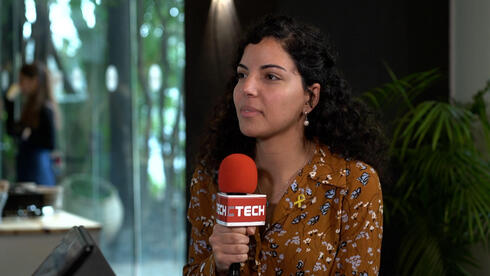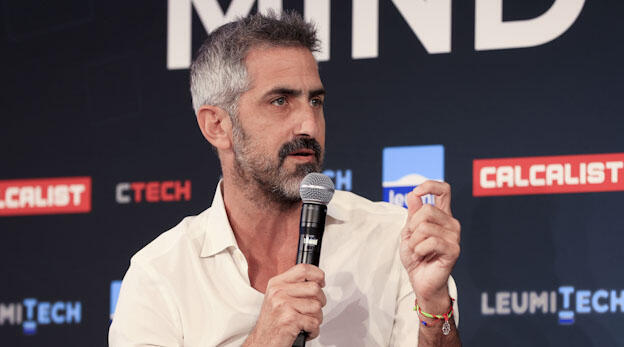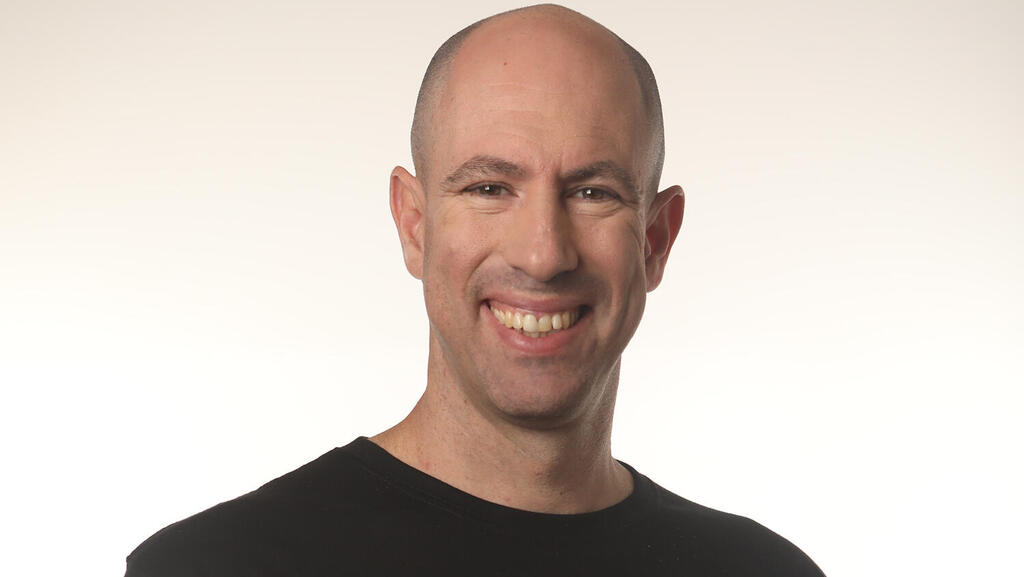
X-trodes skin patch aims to revolutionize wearable wireless technology
Ziv Peremen, CEO and Co-founder of X-trodes, explains how his company is looking to change the way heart, muscle, eye and brain signals are measured
"You have wellness gadgets like watches which you can use at home but are not suitable for clinical use. There are clinical devices however, if you want a more comprehensive diagnosis you need to have a full sleep study in a clinic. This is what we are replacing," explained Ziv Peremen, CEO and Co-founder of X-trodes. "We are offering a small kit for home use. There is no need for a technician and you can measure your sleep at the same laboratory grade in your own bed, for multiple nights.“
Peremen and CTO Prof. Yael Hanein are the people behind the development of this ground breaking wearable wireless technology for advanced measurements and analytics of electrophysiological signals. “This field of physiology monitoring has been used for the last three decades in clinics with very cumbersome equipment. That now can be moved to your home,” he said.
In an interview with CTech at the 2022 Global Wellness Summit, Peremen shared how X-trodes came to be. “I studied physics, philosophy, and I have a PhD in cognitive science. After I completed my studies I decided to shift to a more applicable science. My main focus is the interjection between data and physiology. Several years ago, I met professor Yael Hanein who is a world wide expert in the field of human machine interface and I told her we have a problem - all the equipment used for measuring the brain is very cumbersome, it’s not something you can use on a daily basis. We need a better solution.”
Hanein was up to the task and a decade later she developed a solution that led to X-trodes. “We realized there is so much we can do with the new solution. That is when we decided to establish X-trodes. It’s a new era of monitoring, the main advantage is that it gives us the opportunity to measure electrophysiology in our own environment, not at a clinic,” noted Peremen.
The company was established three years ago and it is still working towards closing the technological gap that exists in measuring signals outside a lab. “Our product is a platform, a medical grade skin patch sensor that attaches to the skin and measures signals at the same quality as the medical solution available today. It's exciting because currently there are over 100 clinical applications that use electrophysiology within the system. We can bring most of them into natural environments which will have a huge impact in the way we can diagnose, monitor and manage treatment.”
The first health challenge X-trodes has tackled is sleep as such disorders have tremendous effects on health and 30% of people are affected by this.
“We measure the heart, muscles, eyes and brain also known as ECG, EMG, EOG, EEG. Basically, our body generates electricity - every heartbeat, muscle activity, thought and emotion generates a signal of electrons that transfer from one part of our brain to another. Our product is a very strong amplifier that can measure signals externally, not invasively. One of our main challenges was not only to actually measure the signal, it is extracting meaningful data from this noisy environment, and that is what we do the best,” explained Peremen.
X-trodes was founded in 2019, has 22 employees and raised a $5 million Seed round. “We are currently in a process with the FDA and we plan to market the solution for sleep next year. However, I decided not to wait and we are selling kits for research purposes.” Hanein is presenting the tech in conferences and there were many inbound requests. “We won't have the capacity to deal with the requests we are receiving from wellness, beauty, human machine interface etc. So we are selling a research kit for $10,000 per kit," said Peremen. "The kit includes the system, 30 electrodes and access to our cloud for a year. Today, more than 50 or 60 partners use it for their research and we are glad that we have the opportunity to spread the tech for use in so many applications.”
First published: 13:53, 07.11.22














